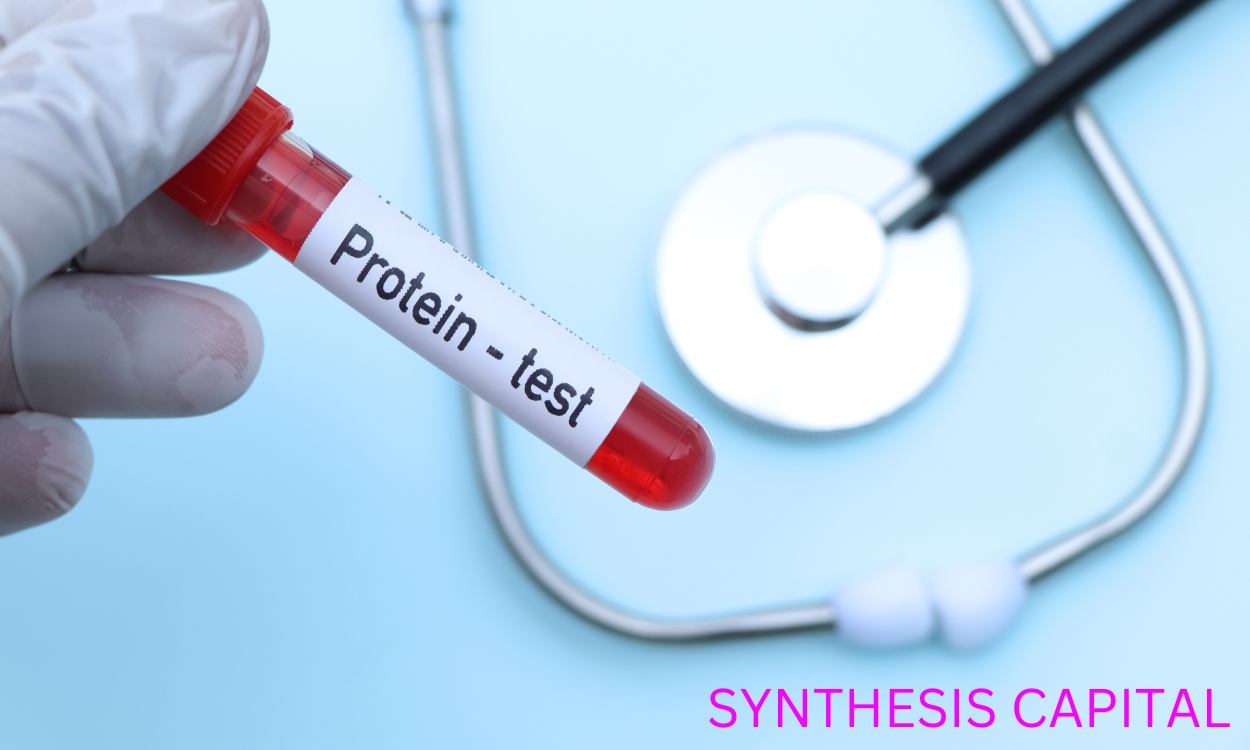Protein extraction is a crucial step in the process of conducting a Western blot analysis. This technique allows researchers to isolate and purify specific proteins from cell or tissue samples, which can then be analyzed for their expression levels or post-translational modifications. By effectively extracting proteins, scientists can obtain accurate and reliable results that provide valuable insights into various biological processes. In this introductory paragraph, we will explore the importance of protein extraction in Western blotting and discuss some commonly used methods for achieving successful protein isolation.
Different Methods for Protein Extraction for Western Blot Analysis
There are several methods available for protein extraction for western blot analysis, including cell lysis by mechanical disruption using methods such as sonication or homogenization, chemical lysis using detergents like Triton X-100 or NP-40, and enzymatic digestion using proteases like trypsin. Additionally, differential centrifugation can be employed to isolate specific cellular fractions containing proteins of interest, while alkali treatment can be used to extract membrane-bound proteins. Each method has its own advantages and limitations, and the choice of technique will depend on the specific requirements of the experiment and the type of sample being analyzed.

How can the choice of tissue or cell type affect the protein extraction process for western blotting?
The choice of tissue or cell type can significantly impact the protein extraction process for western blotting due to variations in protein content and composition. Different tissues or cell types have varying levels of proteases, lipids, nucleic acids, and other contaminants that can interfere with protein extraction and purification. Additionally, some tissues or cell types may have proteins that are more difficult to solubilize or extract, requiring different lysis buffers or extraction methods. Therefore, selecting the appropriate tissue or cell type for protein extraction is crucial to ensure successful western blot analysis by maximizing protein yield and quality while minimizing interference from contaminants.
Common Challenges Faced When Extracting Proteins for Western Blot Analysis
Some common challenges faced when extracting proteins for western blot analysis include the difficulty in isolating specific target proteins from a complex mixture of cellular components, potential degradation of proteins during extraction and sample preparation, variations in protein solubility that can affect the efficiency of extraction, as well as the possibility of contamination from other proteins or interfering substances that may interfere with the accuracy of the results. Additionally, issues related to the sensitivity and specificity of antibodies used for detection, as well as inconsistencies in sample handling and storage practices, can also impact the quality and reliability of western blot analyses.
Are there specific buffers or reagents that are recommended for protein extraction in western blotting?
Yes, there are specific buffers and reagents that are commonly recommended for protein extraction in western blotting. These include RIPA buffer, NP-40 lysis buffer, and Tris-HCl buffer, which are used to effectively lyse cells and extract proteins while maintaining their stability and integrity. Additionally, protease and phosphatase inhibitors are often added to prevent protein degradation during extraction. These buffers and reagents help ensure successful protein extraction and accurate results in western blotting experiments.
The Significance of the Homogenization Step in Protein Extraction for Western Blot Analysis
The homogenization step in protein extraction for western blot analysis is crucial as it helps to break down the tissue or cells into a uniform mixture, ensuring that proteins are evenly distributed and easily extracted. This process allows for more accurate and consistent results by minimizing variability between samples, which is essential for reliable data interpretation and comparison. Without proper homogenization, there is a risk of incomplete protein extraction, leading to skewed results and potentially misleading conclusions. Overall, the homogenization step plays a vital role in ensuring the success and validity of western blot analysis.

Factors to Consider When Determining the Appropriate Protein Extraction Protocol for a Specific Experiment
When determining the appropriate protein extraction protocol for a specific experiment, factors such as the type of sample being used (e.g. tissue, cells, blood), the target protein of interest, the desired downstream applications (e.g. Western blot, mass spectrometry), the presence of interfering substances (e.g. lipids, carbohydrates), and the sensitivity of the detection method should all be taken into consideration. Additionally, factors such as the required yield and purity of the extracted protein, as well as the availability of specialized equipment or reagents, should also be evaluated in order to choose the most suitable extraction protocol for the experiment at hand.
Can the efficiency of protein extraction impact the quality and sensitivity of western blot results?
Yes, the efficiency of protein extraction can significantly impact the quality and sensitivity of western blot results. Proper protein extraction is essential for obtaining accurate and reliable data in western blot analysis. Incomplete protein extraction can lead to insufficient protein samples, resulting in weak or non-specific bands on the blot. This can affect the sensitivity protein extraction for western blot of the assay, making it difficult to detect and quantify target proteins accurately. Additionally, inefficient protein extraction may also result in contamination with interfering substances, further compromising the quality of the western blot results. Therefore, ensuring optimal protein extraction methods are crucial for obtaining meaningful and reproducible western blot data.
Are there any techniques or strategies that can help improve protein yield during the extraction process for western blotting?
Some techniques and strategies that can help improve protein yield during the extraction process for western blotting include optimizing lysis buffers to effectively disrupt cell membranes and release proteins, using protease inhibitors to prevent protein degradation, employing sonication or homogenization to break down cell structures and release proteins, utilizing different extraction methods such as differential centrifugation or immunoprecipitation to isolate specific proteins of interest, and optimizing protein quantification methods to ensure accurate protein yield measurements. Additionally, proper sample handling and storage conditions are crucial in maintaining protein stability and maximizing yield during the extraction process for western blotting.